Better Material, Techniques Make a Big Difference
Many of our parents and their generation thought that over their lifetime it was “natural” to lose some teeth — even all of them. And when they did, they would either get a partial denture or a full denture, or go toothless.
The partial denture replaced the teeth that were missing, with artificial teeth held in by metal wires or clasps. The full denture was all teeth and plastic, with the upper one covering the palate and the lower sitting on the lower ridge, if there were any bone remaining. The upper denture fit fairly well due to suction, but the lower was nearly always a problem — often ending up in a Kleenex or on the nightstand. So where are we today?
Tooth Replacement Options
We now know that it’s not natural to lose your teeth; they can and should last for a lifetime. With good home care and regular visits to the dentist and dental hygienist, our teeth should serve us into our 80s and beyond. Home care involves both flossing and brushing (we recommend a baking soda/peroxide toothpaste with fluoride), especially after meals. Dental visits should occur three to four times a year.
Replacing a missing tooth with a porcelain bridge & veneers
But what if we’ve already lost some teeth, due to periodontal or gum disease, tooth decay or cavities, or fracturing of old fillings or tooth structure? Today’s partial dentures can be made out of a flexible plastic without any metal. They are comfortable and function well, and they have no unsightly metal clasps.
Bridges, made up of all porcelain/Zirconium, also have no unsightly metal collars and are made up of a series of crowns that go on the teeth adjacent to the space caused by the missing teeth. In addition to filling in space, they may help strengthen the abutments.
The other solution is the dental implant or implants. If the bone remaining after the tooth is extracted is adequate and there are no anatomical problems, the implant can be placed. (It should be noted that smoking may reduce the success of the implant by nearly 50 percent.) Implants also can hold dentures more securely, especially in the lower arch. Two-four implants usually hold it in place, with the denture snapped or screwed in. Importantly, these implant-supported dentures can function quite well for many years with regular maintenance.
Learn more about the dental implant procedure.
Dr. Marsh discussing implant dentistry
Good oral hygiene and regular dental care should help us maintain our natural teeth for many years. But if some of our teeth have been lost, today’s dentistry has the solutions to keep you smiling.
This article originally appeared in the November/December 2018 issue of Northeast Ohio Boomer and Beyond.

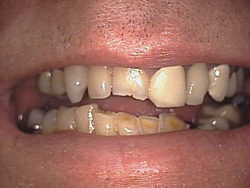
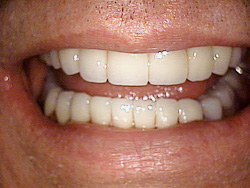
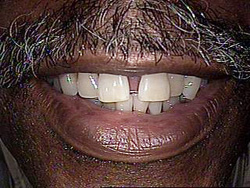
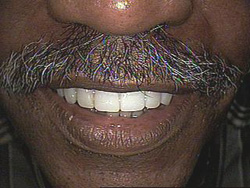
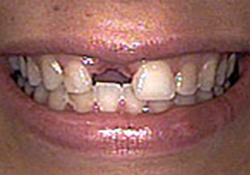
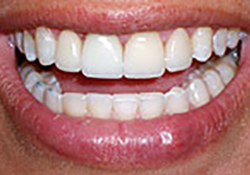
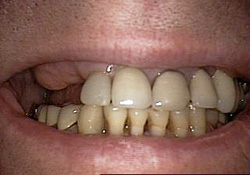
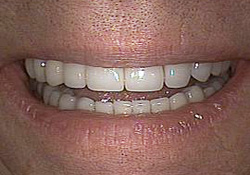
Leave A Comment